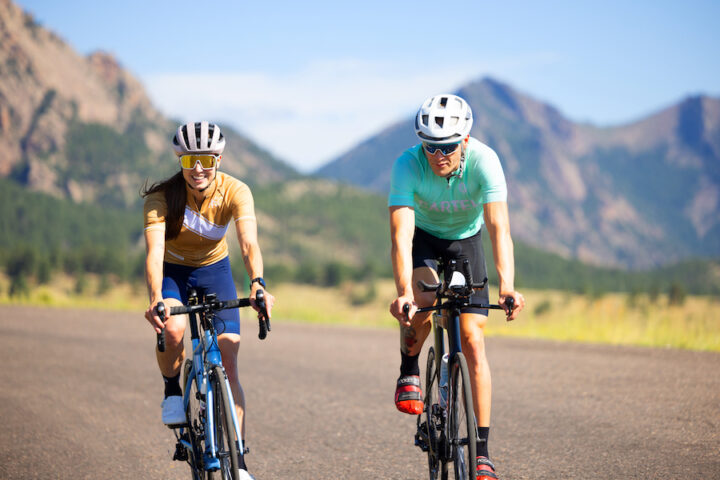
Polarized Training Pathway
In collaboration with Dr. Stephen Seiler, the “father of polarized training,” we have curated everything you need to know about the 80/20 training method.
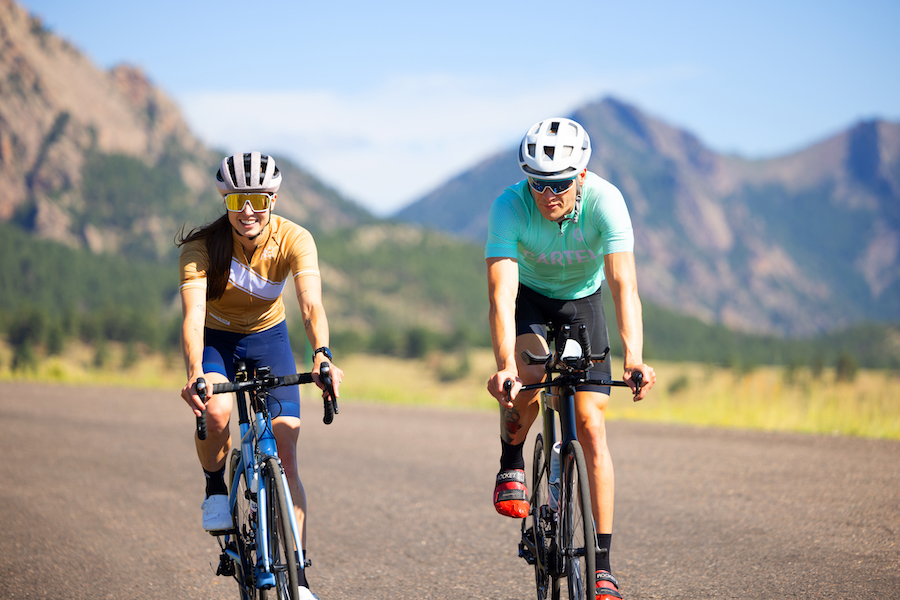
Cycling training is a science and an art. How endurance athletes train, when they train, and the intensity and duration of that training all affect the gains and adaptations they see.
Proper interval execution is essential to see the expected progress. How you analyze and interpret all that data is equally valuable. Of course, training needs to be planned so it fits into any given season, race schedule, and lifestyle. Off the bike, the importance of strength and conditioning is often neglected.
This is training. This process is what athletes live for.

In collaboration with Dr. Stephen Seiler, the “father of polarized training,” we have curated everything you need to know about the 80/20 training method.
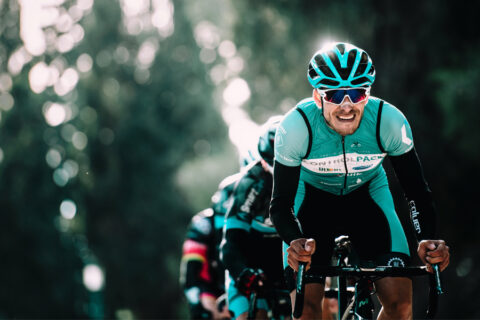
Interval workouts are a fundamental part of any endurance training program. Learn exactly what intervals are, why they are so important, and how to properly execute interval workouts with the help of Sebastian Weber, Neal Henderson, and Dr. Stephen Seiler.
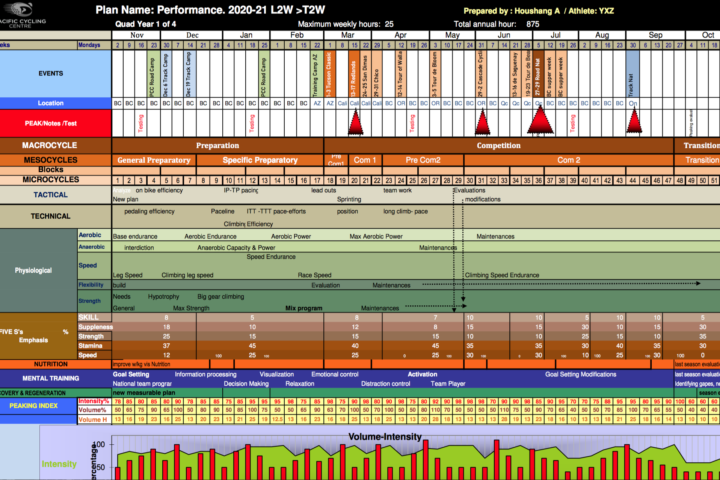
We review the art and science of developing and maintaining an annual training plan, which helps athletes progress and perform at their best.
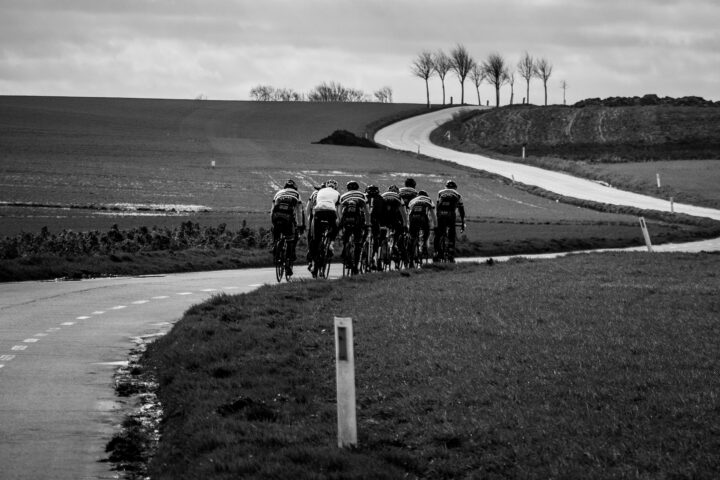
It’s hard to find time to fit in the long, slow miles that traditionally comprise the base season. Coach Trevor Connor offers suggestions for improving life-training balance, understanding quality versus quantity, and more.
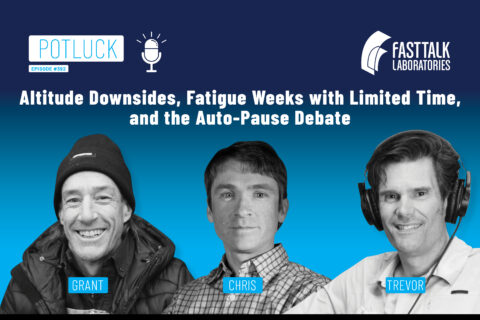
In this week’s potluck episode, we discuss whether there are issues with coming down from altitude, how to do a fatigue week with limited time, and whether or not to use auto-pause.
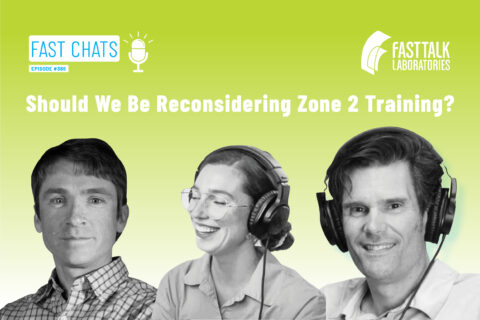
Zone 2 training has become all the rage, but a 2025 review is taking a step back and questioning whether it really produces the gains we thought it does.
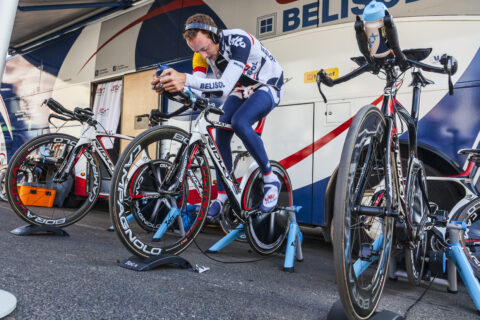
We explore the best method for priming yourself for racing—busting myths and delving into the science of warm-up routines.

In this week’s potluck episode, we discuss the value of training fatigued, how to support a pregnant athlete, and what we can learn from parents who are professional athletes.
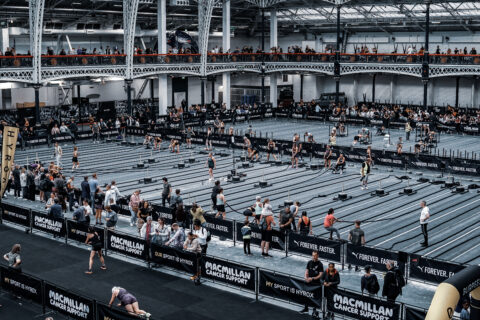
In this popular high-intensity fitness test, we explore the strength and endurance attributes that matter most, and how you can prepare for competition.
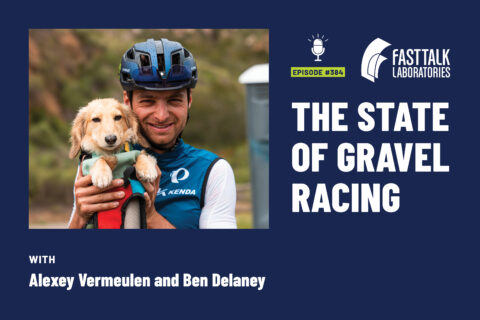
We’re joined by the Michigan-born gravel racer and the longtime cycling journalist to explore the good, the bad, and the ugly of gravel racing and riding in 2025.
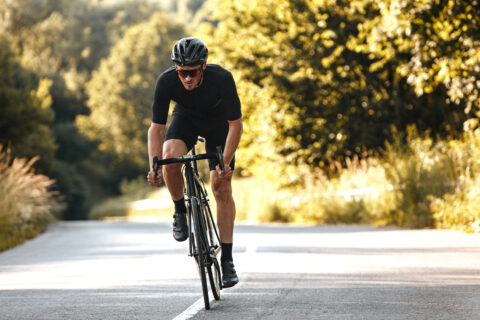
By stringing together several days of high-intensity training, then adequately recovering, overload blocks can produce big gains.
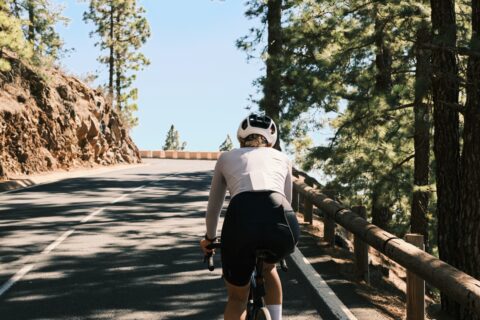
Adding days to your microcycles will help you improve recovery, which can improve HIT sessions. It’s a win-win.
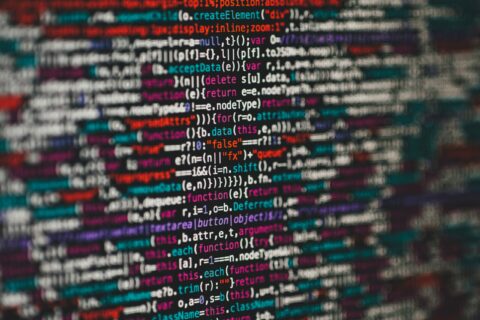
The era of AI-augmented endurance coaching is here. New tools don’t just collect data—they intelligently interpret, adapt, and learn, helping data-driven coaches and athletes to refine their training.

We look at the latest research on the safety, benefits, and precautions for expecting mothers.
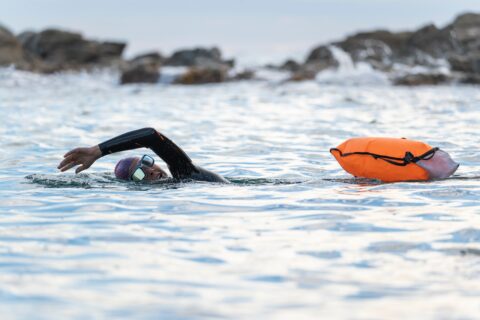
Whether it’s toxic algae blooms, wildlife encounters, or boat traffic, there are many safety considerations to take into account when swimming in open water.
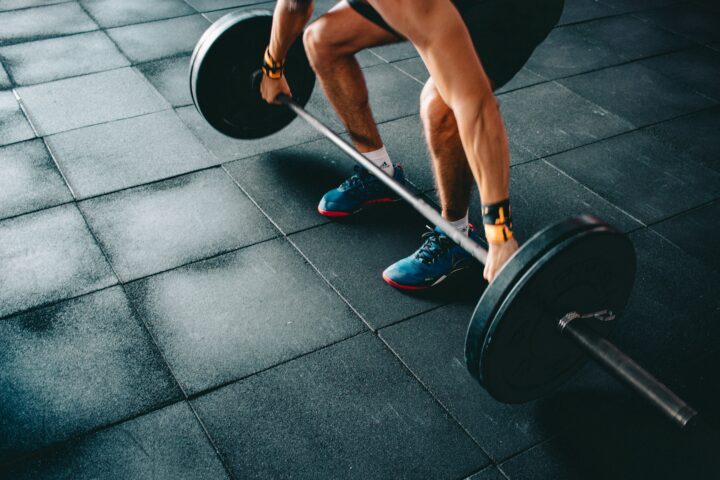
In part 3 of our series on movement literacy for cyclists, Dr. Stacey Brickson delves into stability and strength to make you a healthier cyclist.
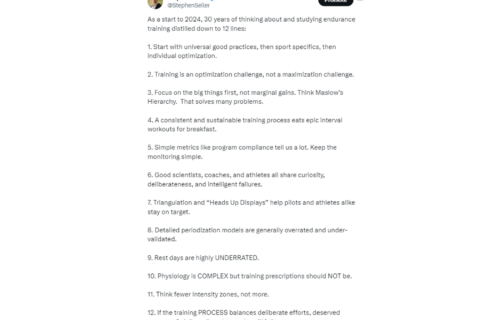
After 30 years of studying exercise endurance training, Dr. Seiler distills it all into 12 fundamental practices.
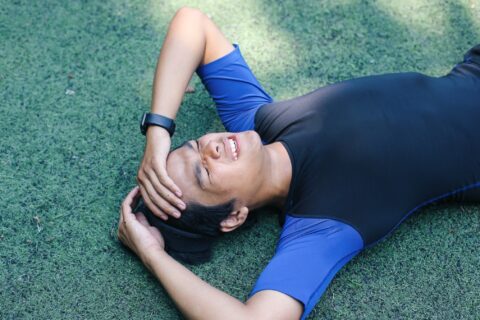
When it comes to concussions, a slow and steady recovery is the fastest way back to athletic performance.
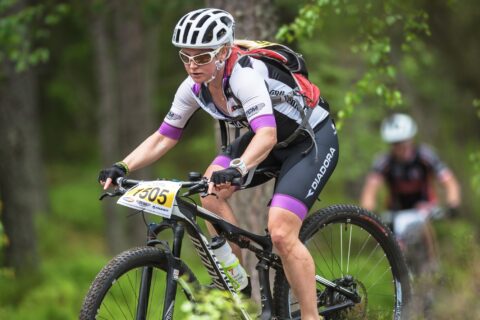
Some say filling a hydration bladder with cold water or ice could improve heat management for gravel riders compared to a standard jersey. This article explores whether that claim holds merit.
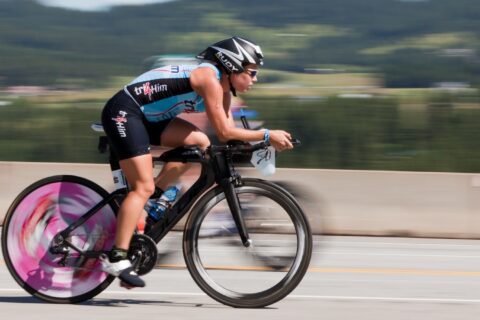
You don’t need to spend huge amounts of money on gear to see significant gains in your triathlon times.

Continuous lactate monitors have the potential to be a game changer in the endurance world, but does the technology measure up to the hype?

Understanding the roles you and your child’s coach have in their athletic development can foster a healthy relationship with sports and teach beneficial life skills to take into adulthood.